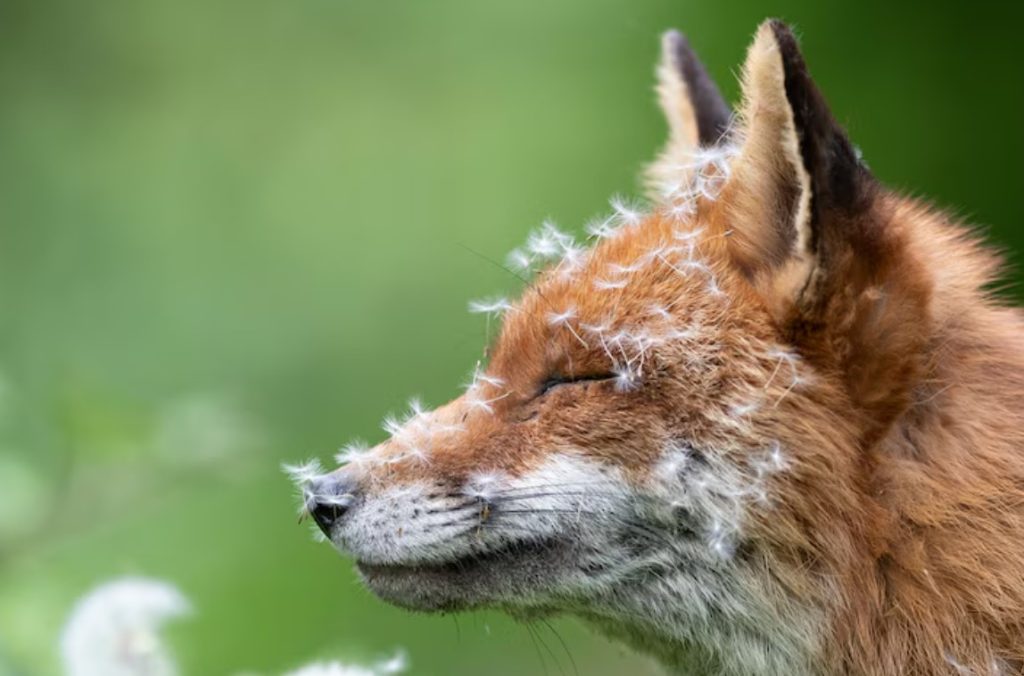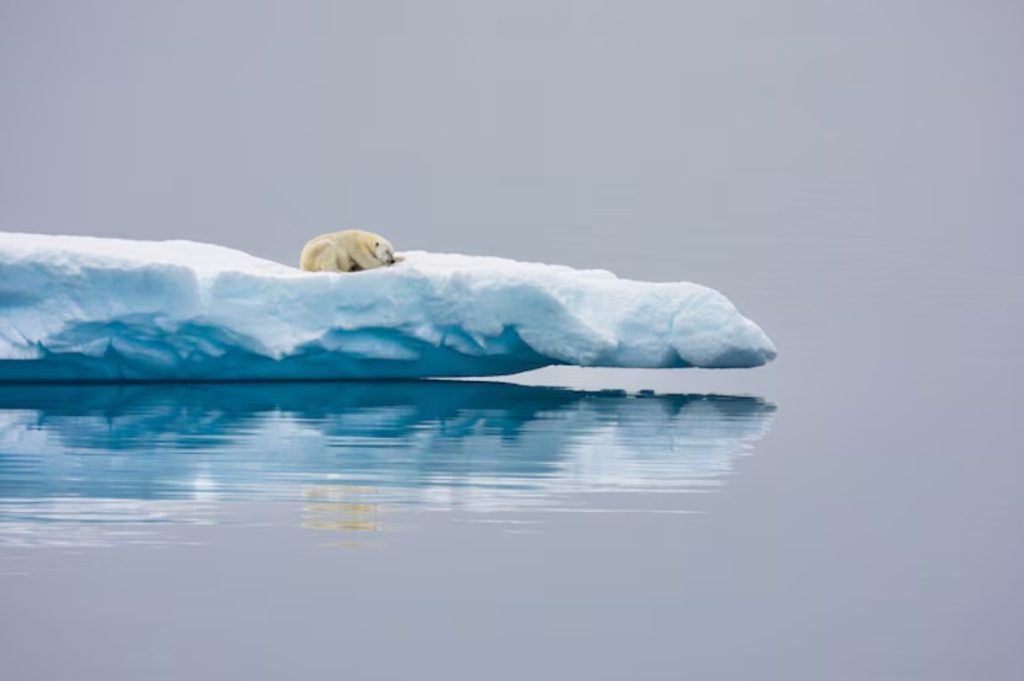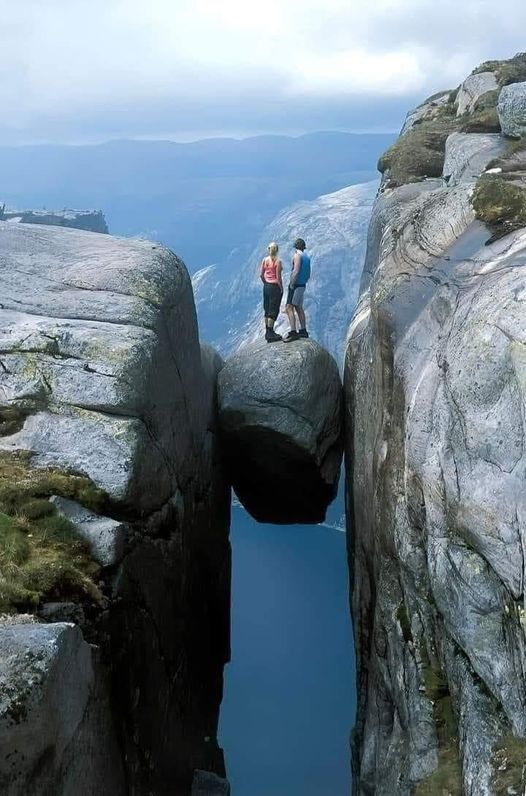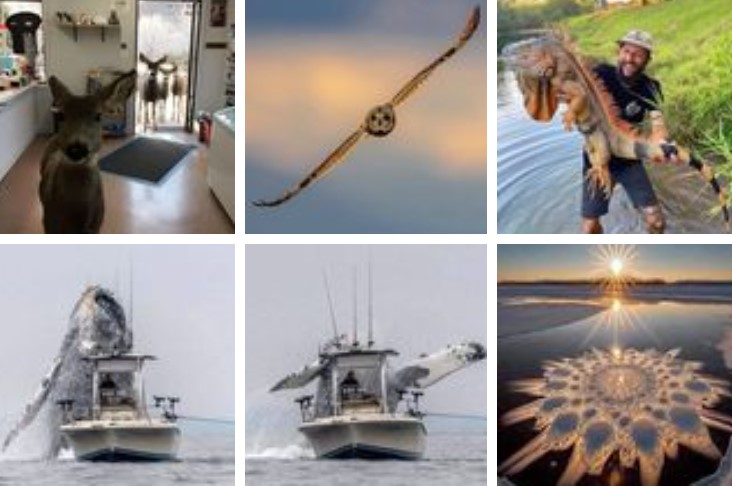Wildlife photography connects people to the systems of nature that exist outside of our human-centred world. It’s an essential tool to inspire the desire to protect wildlife and spark important change.

A fox pictured in South London, after its family took up residence in a local cemetery.
Photograph by Lewis James Newman
A fox family took up residence in a local cemetery, and I got to know its routines. Spring was approaching, and the local council let the wild flowers grow. I could see the dandelions starting to grow and the vixen would choose a particular spot right in the centre. As the days passed and the seeds started to fall, I noticed she’d wake up covered in them. I knew I had to act fast to get this on film, so I spent many evenings at the cemetery trying to capture this very brief moment.
What the judges said: “There were many incredible submissions within the wildlife category, but something always brought us back to this. The colour and composition are spot on, and the shallow depth of field isolates and highlights the subject. What brings it to the next level is the ability to relate to this exact moment; how you might react similarly if suddenly coated in the feathery pappi.”

A lone polar bear resting on an ice flow in Ellesmere Island.
Photograph by Jordan Banks
In August 2023, I set out on a six-week expedition up Baffin Bay to the High Arctic and North Pole. Off the coast of Ellesmere Island in the Canadian High Arctic, we spotted a female polar bear resting on an ice flow. Approaching very slowly and cautiously, we edged ever closer. Thankfully, the bear — who’d just given birth — was very relaxed and allowed us to spend an amazing 20 minutes with her before we quietly backed away.
The Stone of Love.. Krejagbolten, Norway.
Kjeragbolten is a boulder on the mountain Kjerag in Sandnes municipality in Rogaland county, Norway. The rock itself is a 5-cubic-metre (180 cu ft) glacial deposit wedged in a large crevice in the mountain. It is a popular tourist destination and is accessible without any climbing equipment. However, it is suspended above a 984-metre (3,228 ft) deep abyss. It is also a popular site for BASE jumping. The boulder is just southwest of the village of Lysebotn, just south of the Lysefjorden.

